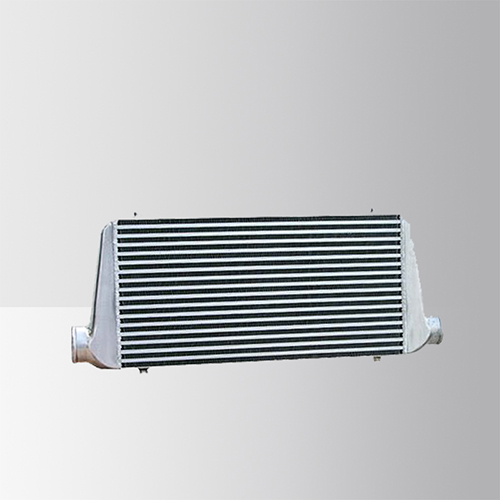Cyanide slurry was filtered, washed with output solution containing gold (commonly known as expensive solution or mother liquor), which still contains a small amount of precipitated sludge is difficult and suspended particles, typically zinc substitution should be clarified and the recovery of gold and then degassed. Figure 1 shows a concise flow of clarification, degassing and zinc addition of a gold-containing solution.

Figure 4-28 Concise flow of zinc powder precipitation
I. Clarification
The mother liquor produced by slurry filtration and washing contains a small amount of slime and suspended particles which are difficult to precipitate. Their presence contaminates the surface of zinc, reduces the precipitation rate of gold and consumes cyanide in the mother liquor. A clarifier, a filter press, a sand filter tank or a sedimentation tank is used for clarification to remove slime and suspended solids from the mother liquor.
The widely used clarification equipment is a frame clarifier, followed by a filter press. Some small mines use sand filter boxes and sedimentation tanks. The sand filter box is laid on the false bottom of the box, and the filter cloth is respectively provided with a gravel layer with a thickness of 120-150 mm and a fine sand layer with a thickness of 60 mm. Although the sand filter box has a simple structure, it has the same production efficiency and poor clarification effect as the sedimentation tank. For this reason, it is often used in conjunction with a frame clarifier.
The greatest impact on production during clarification operations is that the filter cloth is clogged with carbonate, sulfide or slime deposits. In order to eliminate these harmful effects, the intermediate reservoir between filtration and clarification is usually eliminated, and the time during which the gold-containing solution is in contact with the air is shortened to reduce the dissolution of carbon dioxide in the air into the solution. And clean the washing and clarifying equipment regularly and wash the filter cloth with 1% to 1.5% diluted hydrochloric acid to remove the calcium carbonate precipitate.
Second, degassing
Gold-containing solutions often contain high dissolved oxygen due to aeration during cyanidation and contact with air during operation. The presence of a large amount of oxygen causes the precipitation of gold in the solution to be slow and incomplete when zinc is added to the solution, and the precipitated gold is desolventized and the consumption of zinc is increased. Removal of dissolved oxygen from the solution typically employs a vacuum degassing column, a process commonly referred to as outgassing.
Figure 2 shows a cylindrical degassing tower with a volume of 0.5 to 1 m 3 . When the solution is fed into the column from the top of the column, it is splashed by the collision with the wooden strip to form fine water droplets, so that the surface area of ​​the solution is increased. At this time, under the suction of the vacuum pump, the dissolved oxygen in the solution is extracted by the vacuum pump to achieve degassing. In order to keep the degassing liquid at a certain level in the tower, the tower is equipped with a float which is automatically adjusted by the balance hammer and the butterfly valve on the inlet pipe. Some degassing towers are equipped with a drain piston in the conical section and the piston is connected to the inlet pipe piston for adjustment. The degree of vacuum in the column is 79.99 to 86.66 kPa (600 to 650 mmHg), and the oxygen content of the solution after degassing is 0.6 to 0.8 mg ∕L. When using Klauta to degas, the solution entering the column is in a thin film shape and passed through a column having a pressure greater than 93.33 kPa (700 mmHg), which can remove 95% of the dissolved oxygen in the solution, and the solution contains less oxygen after degassing. At 0.5 mg ∕L. The newly used double-layer vacuum water degasser can reduce the oxygen content in the solution to less than 0.1 mg/L.

Figure 2 Degassing tower
1-inlet port; 2-wood strip; 3-exhaust port;
4-float; 5-balance hammer; 6-slag discharge port; 7-butterfly valve
The Plate-Fin Heat Exchanger can realize air-air, air-water, air-oil, refrigerant-air, and other fluid medium heat exchange processes. The tube&Flat fin heat exchanger can realize the air-water, air-air fluid medium heat exchange process, and the cold plate heat exchanger can realize the water cooling cycle refrigeration process.

Turbo Intercooler,Universal Intercooler,Water To Air Intercooler,Performance Intercooler
Xinxiang Zhenhua Radiator Co., Ltd. , https://www.thermal-manage.com